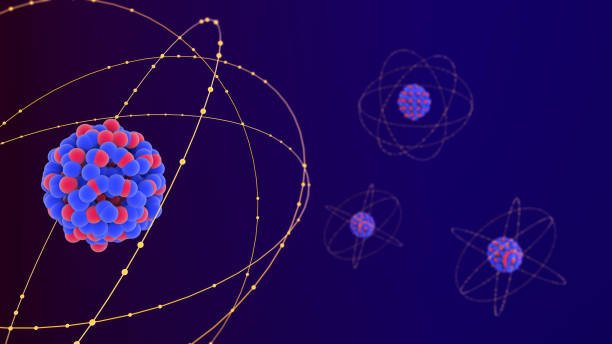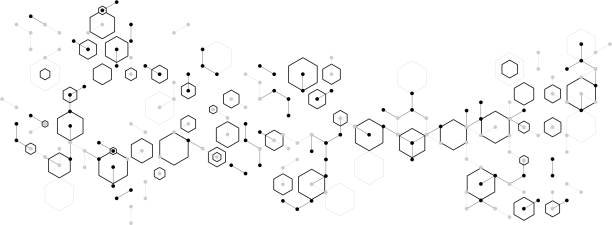How do the Number of Protons and Electrons Compare in a Neutral Atom:
Atoms, the fundamental units of matter, are made up of three types of particles: protons, neutrons, and electrons. Protons and neutrons reside in the nucleus (center) of the atom, while electrons orbit the nucleus in areas called electron shells. The number of protons and electrons in an atom, in particular, plays a crucial role in defining the atom’s behavior and characteristics. This article looks into the comparison of protons and electrons in a neutral atom.
How do the Number of Protons and Electrons Compare in a Neutral Atom
In a neutral atom, the number of protons and electrons is equal. Protons are positively charged particles, and their count determines the atom’s identity as a particular element on the periodic table. Electrons, on the other hand, are negatively charged particles that orbit the atom’s nucleus. The balance between these two types of particles is crucial in maintaining the atom’s neutrality. In other words, the positive charges contributed by the protons are precisely counterbalanced by the negative charges contributed by the electrons. For instance, a neutral oxygen atom would have 8 protons and 8 electrons. However, this balance can be disturbed if atoms gain or lose electrons to become ions, resulting in an atom with a net positive or negative charge.
Defining Protons and Electrons
Protons are positively charged particles located within the nucleus of an atom. The number of protons in an atom, known as the atomic number, determines the element that the atom represents. For instance, an atom with one proton is hydrogen, while an atom with six protons is carbon.
Electrons are negatively charged particles that orbit the nucleus of an atom in electron shells. Unlike protons and neutrons, electrons are much smaller and lighter. The distribution of electrons in the outer shells of an atom defines its chemical reactivity.
Protons and Electrons in a Neutral Atom
In a neutral atom, the number of protons equals the number of electrons. This equality arises because the charges of protons and electrons are equal in magnitude but opposite in sign—one positive and one negative. Therefore, in a neutral atom, the positive charges from the protons in the nucleus are exactly balanced by the negative charges of the electrons orbiting it. For instance, a neutral carbon atom contains six protons and six electrons, and a neutral oxygen atom contains eight protons and eight electrons.
However, it’s essential to note that atoms can lose or gain electrons, turning them into ions. If an atom loses one or more electrons (giving it more protons than electrons), it becomes a positively charged ion, or cation. If an atom gains one or more electrons (giving it more electrons than protons), it becomes a negatively charged ion, or anion.
Importance of the Proton-Electron Balance
The balance of protons and electrons is fundamental to the stability of an atom. This balance determines the atom’s overall charge and influences its ability to interact with other atoms. An imbalance in the number of protons and electrons leads to a charged atom or ion, which can readily participate in chemical reactions to regain stability. Therefore, understanding the balance of protons and electrons is crucial to understanding atomic structure and the principles of chemistry.
The number of protons and electrons in a neutral atom is equal, giving the atom a net charge of zero. This balance is essential to the stability and behavior of the atom, highlighting the significance of atomic structure in the fascinating world of chemistry.






